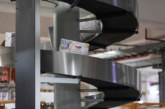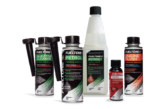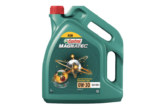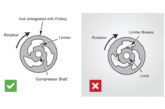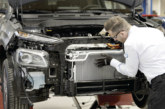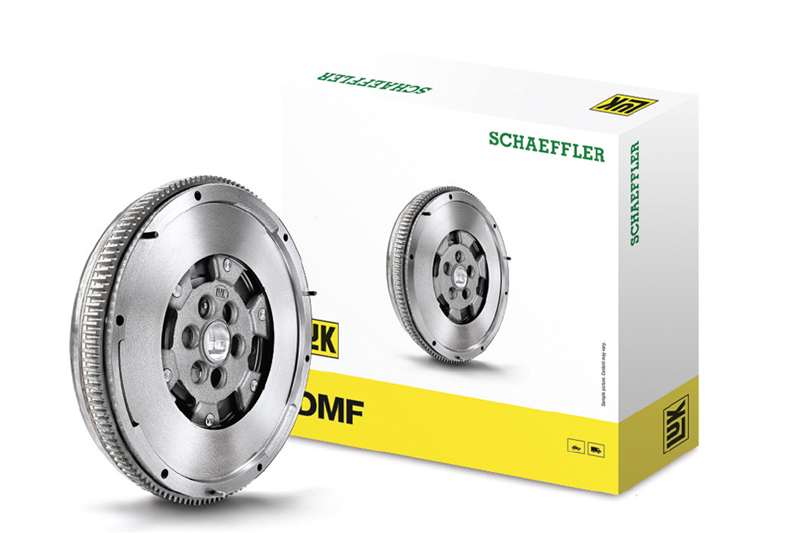
As a clutch specialist developing OE components and systems for VMs, Schaeffler has decades of experience in transmission technology; therefore, it should be familiar with the challenges facing motor factors and workshops as clutch systems become ever more complex.
Schaeffler has always shared its knowhow to help technicians install its products confidently and correctly, which is where the Schaeffler REPXPERT platform, along with the technical team behind it, comes to the fore. Although the primary focus of REPXPERT is to provide installers with a raft of technical support material and IMI approved training, Schaeffler also has valuable information it can share with its distribution partners. This support can help staff improve their relationships with their workshop customers and, more importantly, help to reduce the number of warranty claims and returned parts that might otherwise end up at their door.
Schaeffler Technical Manager, Alistair Mason, takes up the story: “As we’re out visiting workshops on an almost daily basis, the REPXPERT team has a depth of practical real-world experience, and because installation errors are a primary cause of warranty claims, there are some very useful tips that we can give to motor factor staff to pass onto workshops when they receive an order for a replacement clutch.
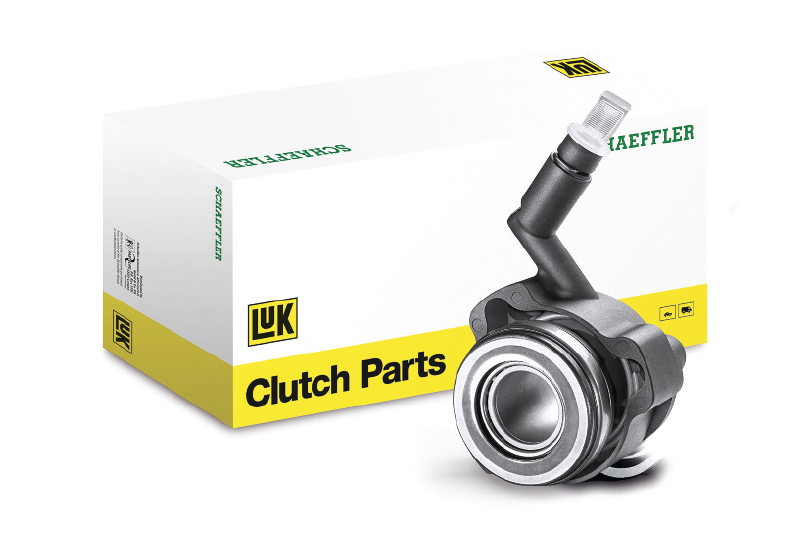
“By far the most common fitting errors concern BMW clutches, which come with a transport locking plate installed in the clutch cover. This must only be removed after the clutch has been bolted into place, but, often, uninformed technicians remove it prior to fitting, causing the self-adjusting clutch to ‘adjust up’, meaning it will be unable to disengage in operation.
“When it comes to hydraulics, including concentric slave cylinders (CSC), there are two regular errors we encounter. The first is an over pressurised CSC, where the pedal has been pumped rapidly during the bleeding process and not allowed to rest/stabilise between pumps, pushing the bearing and seal to the end of its stroke, damaging the CSC and causing the seal to leak. The second is contamination of the new CSC as a result of the old hydraulic fluid not being thoroughly and completely flushed out of the system before installation.
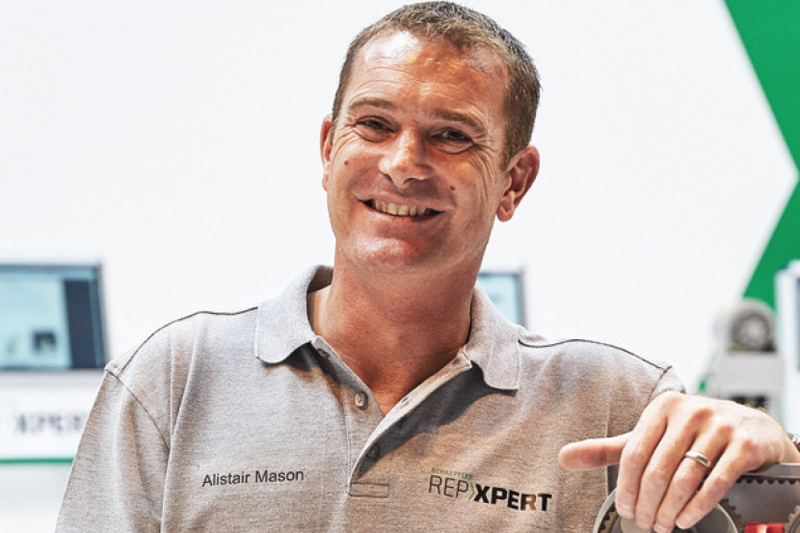
“Similarly, there are two common issues concerning dual mass flywheels (DMF): the first is if the DMF, which absorbs crankshaft vibrations to prevent them being transmitted throughout the rest of the drivetrain, is subjected to additional crankshaft vibration beyond its engineering parameters, such as an engine misfire. This is likely to cause the DMF to fail prematurely, so maintaining the engine in good operational condition is vitally important. The second issue is installation errors associated with the engine management system, which uses crankshaft speed and position information that is fed back to the engine control unit, often from the DMF. It is not uncommon to find that after the DMF is replaced, the vehicle will not start due to the DMF being fitted in the wrong position, a problem that can easily be avoided by checking the correct installation and service information on the REPXPERT app.
“These snippets of information are invaluable as they are quick and simple to pass on when the workshop is placing an order, which can potentially save both parties a load of hassle in returned parts, fruitless warranty claims and dissatisfied customers.”

